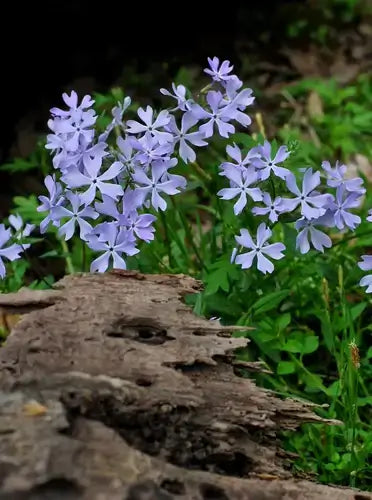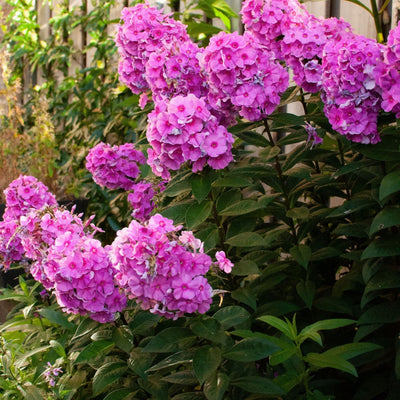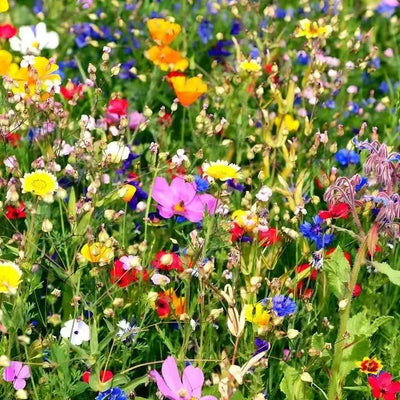One big goal among nearly all flower garden enthusiasts is creating a variety that keeps things in bloom throughout the growing season while occupying various sizes and shapes. Altogether, Phlox can fulfill these requirements without help from other flower families. Different species of Phlox can range from imposing centerpieces to ground covers that form a dense carpet. Just consider the following examples of phlox diversity.
Drummond Phlox
This species distinguishes itself by being the only member of the family that's an annual instead of a perennial. Cultivation since the 1830s has produced colors like white, coral, and lavender to accompany the original brilliant scarlet of the wild variety. Likewise, while the wild form stands between one-half and one whole foot, domesticated varieties can reach 20 inches. Since it's annual, Drummond Phlox will produce flowers throughout the growing season if spent blooms are removed.
Siberian Phlox
This species stands out as the only one not native to North America. Given its place of origin, phlox sibirica is an exceptionally cold-hardy perennial that rides out temperatures as low as 55 degrees below zero Fahrenheit. The six-inch plants bear classic phlox flowers in white, pink, and pale blue.
Creeping Phlox
There's a lesson here in examining plants' scientific or Latin names to know what's what. Two distinct species of phlox plants are often sold as creeping phlox. Both are also sometimes referred to as moss phlox. At 6 to 12 inches, phlox stolonifera is only cold-tolerant to zone five, while the smaller phlox subulata, 3 to 6 inches high, can handle zone 3. The distinctions continue with phlox subulata, the earliest blooming phlox, opening its five narrow, indented petals of white, pink, and purple in April, while phlox stolonifera begins blooming July through September with full flowers of violet and purple. Phlox subulata also feature needle-like leaves instead of oval ones like phlox stolonifera. Both are native to the eastern US and Canada, and both can tolerate drought, but phlox subulata holds up to it a bit better while brushing off the powdery mildew that affects many phlox species.
Fall Phlox
One of the most common phlox plants in the flower garden is also the biggest. Phlox paniculata quickly hits four feet and can reach five feet. This species has been cultivated since the 1700s and comes in practically every color, including orange. It also supplies a large assortment of two-tone colors. Like many other kinds of phlox, this type is very fragrant. That adds even more color to the garden by making it irresistible to butterflies.
Northern Phlox
A favorite species from the Pacific coast, phlox surgeons, offers a compact habit of no more than 6 inches. Its flowers are exceptional, with five long, narrow, oval petals sporting a delicate pink color. Each petal is highlighted with white streaks from the flower's yellow center; Northern phlox are found in woodland settings. This species requires modest to full shade to stay healthy.
BUY PHLOX PLANTS ONLINE AND HAVE THEM DELIVERED TO YOUR DOOR. CLICK HERE



